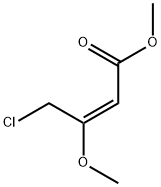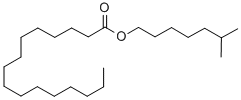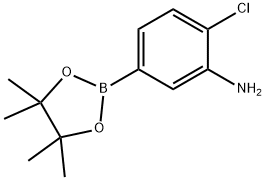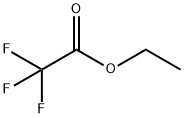Propane-1,2,3-triyltris(decanoate) , 98% , 621-71-6
Synonym(s):
Tricaprin;Tridecanoin;Glyceryl tridecanoate;Glycerol tricaprate;Glycerol tris(decanoate)
CAS NO.:621-71-6
Empirical Formula: C33H62O6
Molecular Weight: 554.84
MDL number: MFCD00036239
EINECS: 210-702-0
| Pack Size | Price | Stock | Quantity |
| 1g | RMB74.40 | In Stock |
|
| 5g | RMB249.60 | In Stock |
|
| 25g | RMB873.60 | In Stock |
|
| 100g | RMB2708.80 | In Stock |
|
| others | Enquire |
PRODUCT Properties
| Melting point: | 31-32 °C |
| Boiling point: | 254 °C / 5mmHg |
| Density | approximate 0.98 g/ml (20℃) |
| refractive index | approximate 1.44 |
| Flash point: | 20 °C |
| storage temp. | -20°C |
| solubility | Chloroform (Sparingly), DMSO (Slightly, Sonicated) |
| form | Solid |
| color | White to Off-White |
| BRN | 1717683 |
| InChIKey | LADGBHLMCUINGV-UHFFFAOYSA-N |
| LogP | 12.444 (est) |
| CAS DataBase Reference | 621-71-6(CAS DataBase Reference) |
| EPA Substance Registry System | Glycerol tridecanoate (621-71-6) |
Description and Uses
1,2,3-Tridecanoyl glycerol is a triacylglycerol that contains decanoic acid at the sn-1, sn-2, and sn-3 positions. It has been found in human breast milk. 1,2,3-Tridecanoyl glycerol has been used as a standard for the quantification of triacylglycerols in fish oils by RP-HPLC. Formulations containing 1,2,3-tridecanoyl glycerol have been used in cosmetic products as thickening and skin-conditioning agents.
Tricaprin is used to construct solid lipid nanoparticles (SLNs) as delivery system for bromocriptine (B682600, Mesylate salt). It is also used in cationic SLNs to enhance p53 tumor suppressor gene transfer to lung cancer cells.
Safety
| Symbol(GHS) |   GHS02,GHS07 |
| Signal word | Danger |
| Hazard statements | H225-H302+H312+H332-H315-H319 |
| Precautionary statements | P210-P280-P305+P351+P338 |
| Hazard Codes | F,Xn |
| Risk Statements | 11-20/21/22 |
| Safety Statements | 26-28 |
| RIDADR | UN 1282 3/PG 2 |
| WGK Germany | - |
| RTECS | HE0100000 |
| HS Code | 29171900 |






